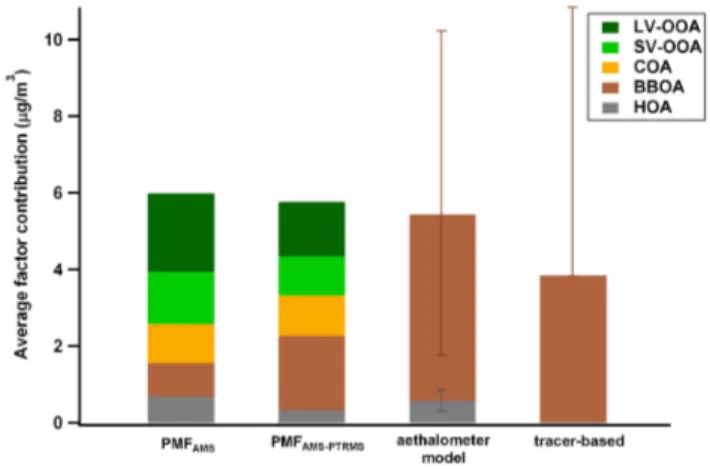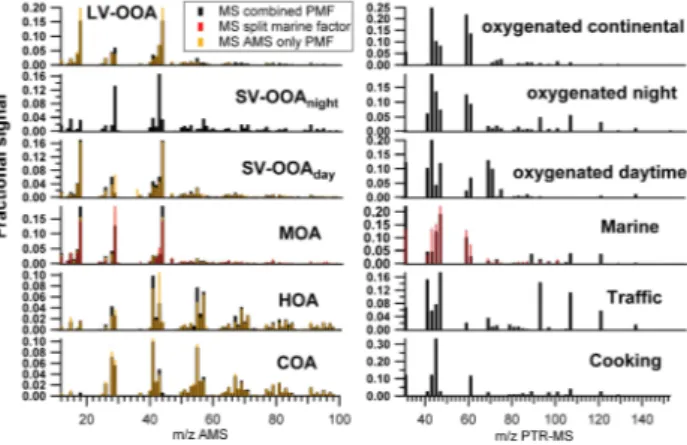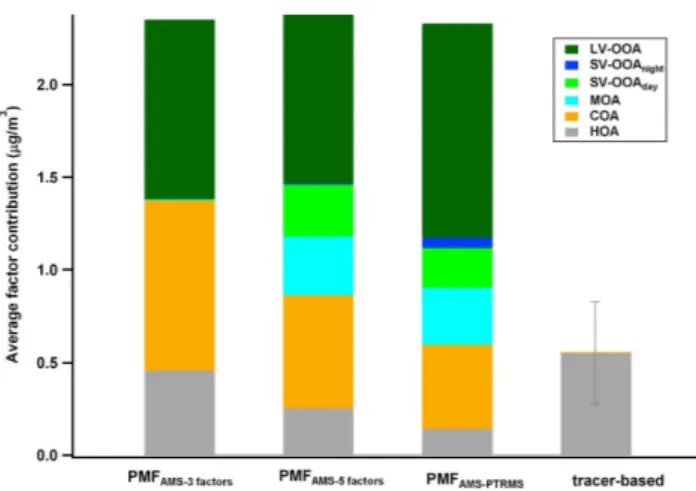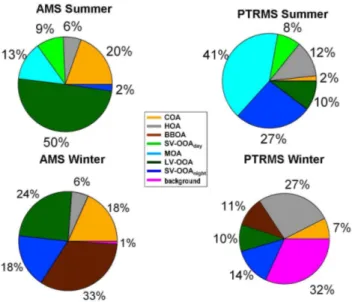Primary and secondary organic aerosol origin by combined gas-particle phase source apportionment
Texto
Imagem
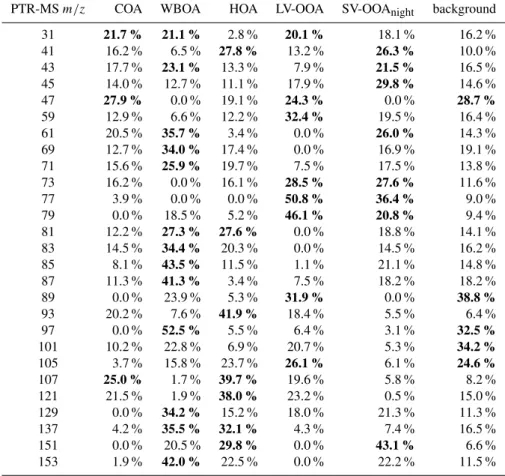
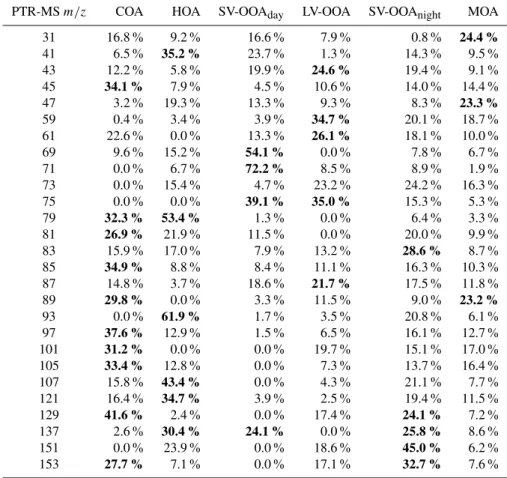
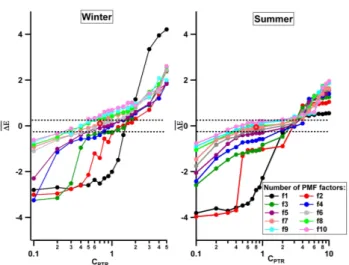
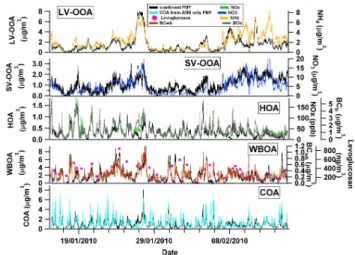
Documentos relacionados
Secondary organic aerosols (SOA), formed by gas-to-particle conversion of oxidized vapors, and other oxygenated organic aerosols formed by chemical ageing of existing particles
T.: Particle mass yield in secondary organic aerosol formed by the dark ozonolysis of alpha-pinene, Atmos. T.: Loading-dependent
Response is corrected using a structurally similar deuterated internal standard injected into every run, as is standard operating procedure to correct for run- to-run variability
They then quan- tified the gas-particle partitioning equilibrium of these products using estimated satu- ration vapour pressures of the oxidation products and assuming that
We now apply the updated MOSAIC model to a series of polydisperse aerosol scenarios to investigate the influence of particle-phase reactions, phase state, and solute volatility on
Relationships between particle number size distributions and air mass origin or source apportionment were explored in order to answer the following questions: (1) how can one
A typical time series for the transient phase of the CMFR showing the loss of β - caryophyllene, the appearance of particle-phase secondary organic material following the in-
pounds (VOC): isoprene, α -pinene, and 1,3,5-trimethylbenzene (TMB) in the presence of NO x , leading to the formation of SOA which was subjected to on-line physical and
